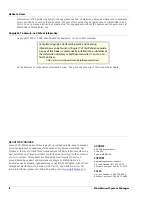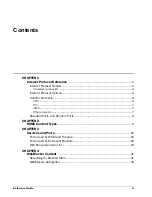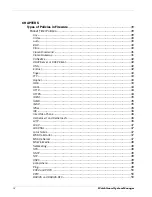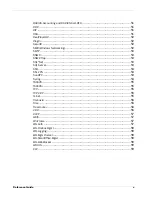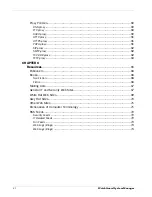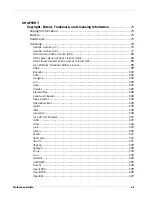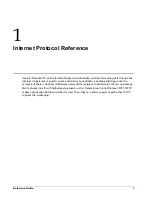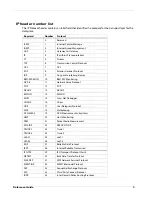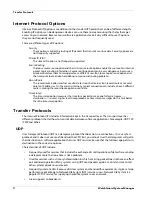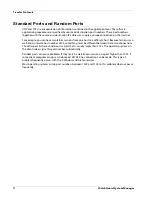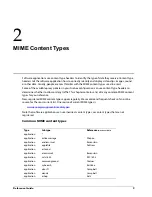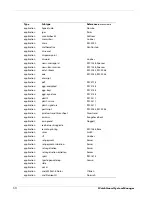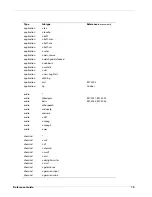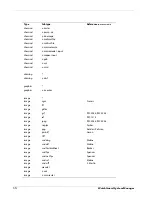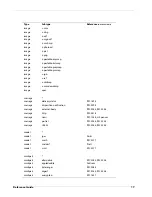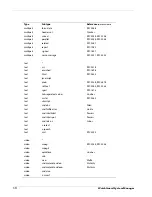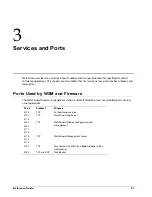
Transfer Protocols
6
WatchGuard System Manager
Internet Protocol Options
Internet Protocol (IP) options are additions to the standard IP header that can be of different lengths.
Enabling IP options can be dangerous
.
Hackers can use them to create routing that helps them get
access to your network. Because most software applications make it very difficult to use IP options,
they are not frequently
used.
There are different types of IP options:
Security
These options control the routing of IP packets that transmit sensitive data. Security options are
not frequently supported.
Stream ID (SID)
The stream ID option is not frequently supported.
Source Routing
The loose source route option and the strict source route option enable the source of an Internet
packet to give routing information. Source routing options can be very dangerous, because an
attacker could use them to masquerade as a different user. But, loose source route option and
the traceroute tool can also help debug some unusual routing problems.
Record Route
The record route option was first used to do tests on the Internet. But, record route can record
only ten IP addresses. On the current Internet, a typical connection can include 20 or 30 different
routers, making the record route option
out of date.
Time Stamp
The time stamp option measures the time for a packet to make one full cycle (source -->
destination --> source). Higher level time protocols or time stamp messages do this task better
than the time stamp option.
Transfer Protocols
The Internet Protocol (IP) includes information kept in the transport layer. The transport layer has
different protocols that tell how to transmit data between software applications: for example, UDP, TCP,
ICMP, and others.
UDP
User Datagram Protocol (UDP) is a datagram protocol that does not use connections. It is a very fast
protocol, and it does not use much bandwidth or CPU. But, you cannot trust that datagrams will get to
their destination. A software application that uses UDP must make sure that the full message gets to its
destination in the correct sequence.
Characteristics of UDP include:
•
Frequently used for services that include the exchange of small quantities of data where sending
a datagram more than one time is not a problem.
•
Used for services such as time synchronization in which a missing packet does not have an effect
on continued operation. Many systems using UDP send packets again at a constant rate to tell
other systems about unusual events.
•
Frequently used on LANs. Because of its low system and bandwidth requirements, it gives a large
performance advantage to Network File System (NFS) services users. Network File System is a
popular TCP/IP service for supplying shared file systems over a network.
•
Gives supports to broadcasts.


